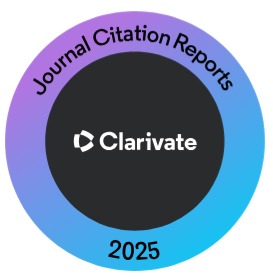Relation of facial growth pattern with molar’s axial inclination.
Abstract
OBJECTIVE: To investigate the relationship between mesiodistal angulation of maxillary and mandibular 1st molar to different facial growth patterns.
METHODOLOGY: This cross-sectional study was conducted from January to February 2021 at the
Jinnah Sindh Medical University, Karachi, Sindh. According to the non-probability consecutive sampling
technique, a lateral cephalogram of 90 individuals (55 female and 35 male) with mean age 19.7±4.38 was
analyzed for the vertical growth pattern. Only those patients with age between 14 to 30, teeth in
permanent dentition, and presence of teeth posteriorly from 1st premolar to 2nd molar were included.
Mesiodistal angle was measured of the maxillary and mandibular molar to the palatal plane (PP),
mandibular plane(MP), and occlusal plane(OP). The findings were then related to the facial growth
pattern. Data were analyzed utilizing SPSSversion 20.
RESULTS: Molar’s angulation was significantly (P<0.001) related to the change in facial growth pattern.
The mesiodistal angle of the molar increased with an increase in facial divergence and was relatively
upright in patients with low-angle individuals. However, there was a decrease in both maxillary and
mandibular molar’s inclination on the occlusal plane with an increase in facial divergence.
CONCLUSION: A strong relationship exists between the molar mesiodistal inclination and facial growth
pattern. This research presents relative information that can help the clinician in better diagnosis and
treatment plan based on the pattern of individual’s vertical growth.
KEYWORDS: Facial divergence, growth pattern, mandibular plane, masticatory force, molar inclination,
occlusal plane, palatal plane
Additional Files
Published
How to Cite
Issue
Section
License
Copyright (c) 2021 Journal of Liaquat University of Medical & Health Sciences

This work is licensed under a Creative Commons Attribution-NonCommercial-ShareAlike 4.0 International License.
Submission of a manuscript to the journal implies that all authors have read and agreed to the content of the undertaking form or the Terms and Conditions.
When an article is accepted for publication, the author(s) retain the copyright and are required to grant the publisher the right of first publication and other non-exclusive publishing rights to JLUMHS.
Articles published in the Journal of Liaquat University of Medical & health sciences are open access articles under a Creative Commons Attribution-Noncommercial - Share Alike 4.0 License. This license permits use, distribution and reproduction in any medium; provided the original work is properly cited and initial publication in this journal. This is in accordance with the BOAI definition of open access. In addition to that users are allowed to remix, tweak and build upon the work non-commercially as long as appropriate credit is given and the new creations are licensed under the identical terms. Or, in certain cases it can be stated that all articles and content there in are published under creative commons license unless stated otherwise.























